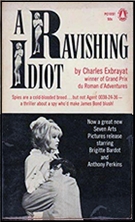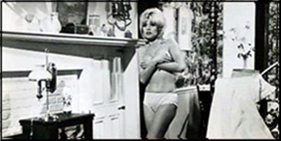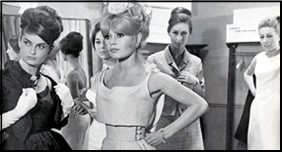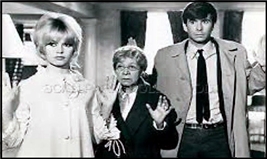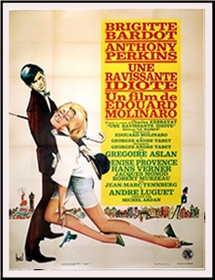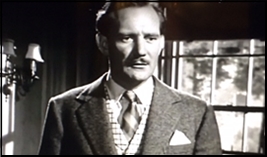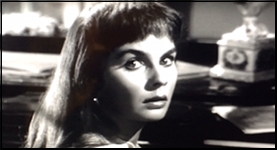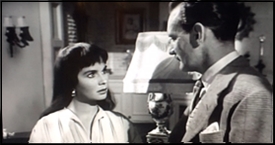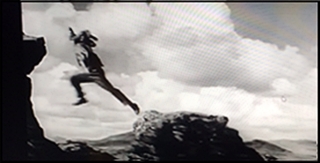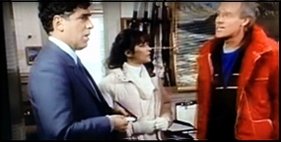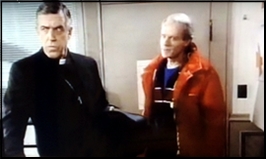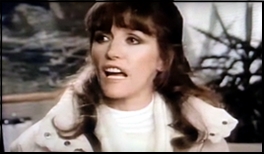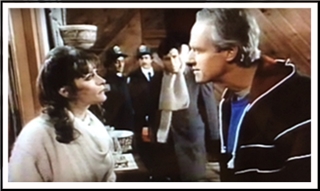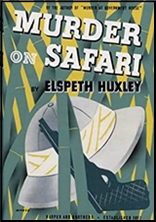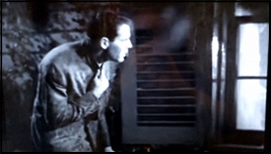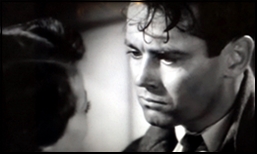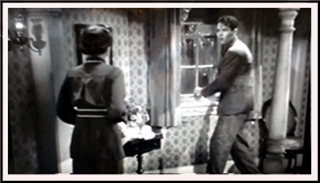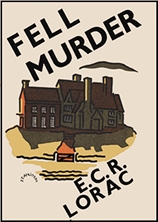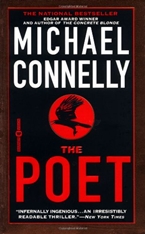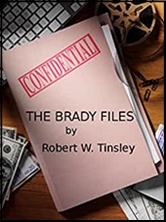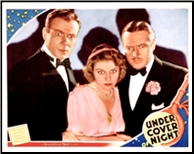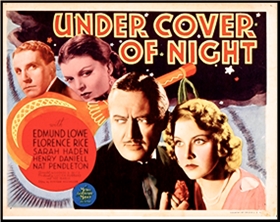Thu 18 Feb 2021
PI Stories I’m Reading: RUSSELL D. McLEAN “Coughing Johnâ€.
Posted by Steve under Stories I'm Reading1 Comment
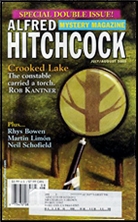
RUSSELL D. McLEAN “Coughing John.†PI Sam Bryson #3. First published in Alfred Hitchcock’s Mystery Magazine, July/August 2005. Collected in The Death of Ronnie Sweets (and Other Stories); see below.
PI Sam Bryson’s base of operations is the small town of Dundee, Scotland, and while “Coughing John†is in many ways a small story, it is also one that is long on attitude and introspection. Dead is a homeless man whom everyone noticed, but whom was also part of the landscape, and when he was found dead, it is only Sam who puts any effort into finding his killer.
Kids on the street who were simply bored, perhaps? Once Sam learns that the dead man’s name was John Woodrow, an actual name, he knows he needs closure, and the only way to do that is to find out who it was who was responsible for his death.
As I said before, this is not a long story, but it may get under your skin as deeply as it does Sam Bryson. I’ve already purchased a copy of the collection, which I’m sure is the best way to find out more about the fellow, and after reading this story, I’d like to do so.
The Sam Bryson series –
The Death of Ronnie Sweets. Alfred Hitchcock’s Mystery Magazine, June 2004.
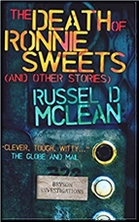
Dudman’s Word. Alfred Hitchcock’s Mystery Magazine, December 2004.
Coughing John. Alfred Hitchcock’s Mystery Magazine, July/August 2005.
Regrets. Alfred Hitchcock’s Mystery Magazine, December 2005.
Like a Matter of Honour. Thrilling Detective, Fall 2006.
What Friends Are For. Alfred Hitchcock’s Mystery Magazine, April 2008.
Her Cheating Heart. Spinetingler Magazine, Summer 2008.
Davey’s Daughter. Alfred Hitchcock’s Mystery Magazine, September 2008.
Flesh and Blood. Collateral Damage, 2011.
The Water’s Edge. Alfred Hitchcock’s Mystery Magazine, November 2015.
Collection: The Death of Ronnie Sweets (and Other Stories). Independently published, 2011, Kindle; paperback, 2017. Includes all of the stories above except “The Water’s Edge.â€
